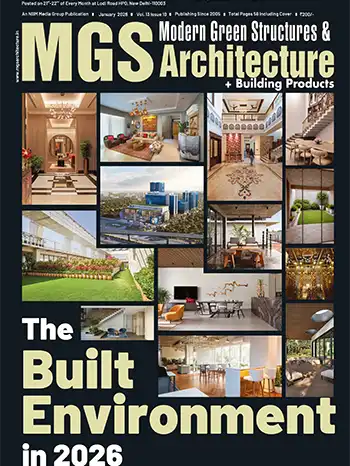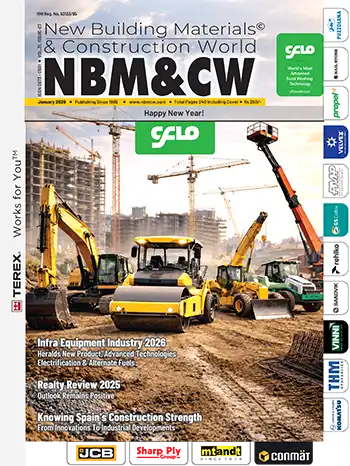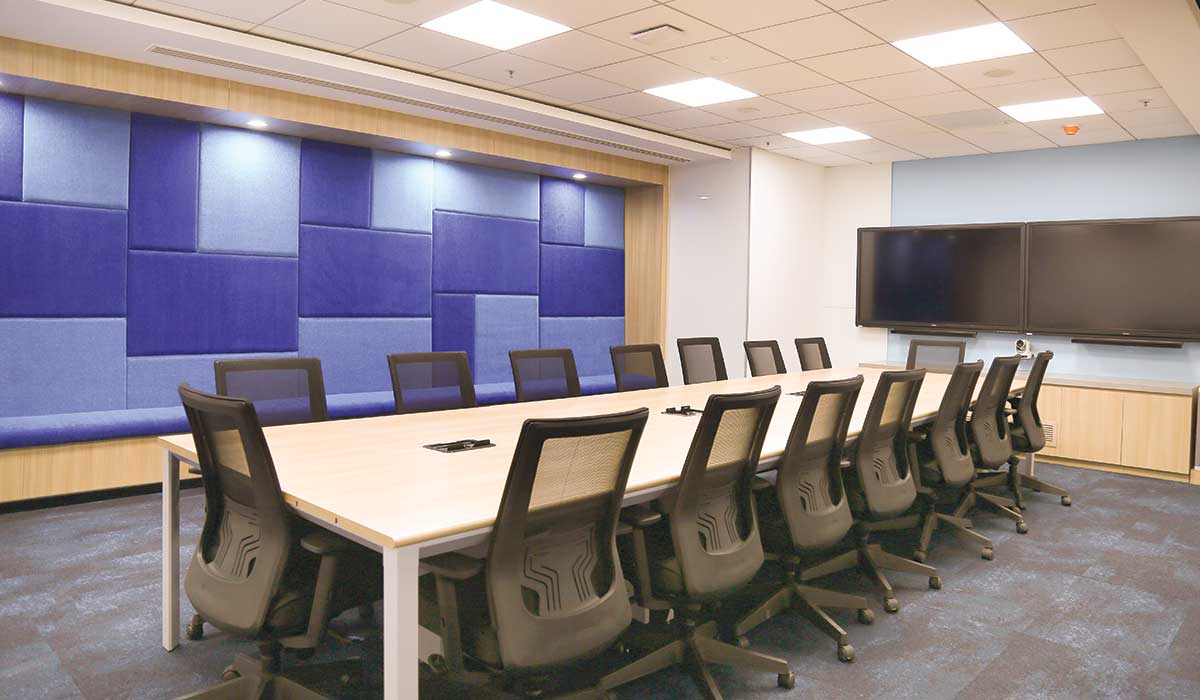
According to the INC 500, workplace design is an ever-changing art as much as technology is ever-changing. The workplace suffers from a case of “opposites detract.” People need to collaborate and are hungry for places suited to conversations among a few people. They need to focus, but they also need to interact—conference calls, virtual meetings, and people stopping by. They look for activity-based choices, user shaped space, and furniture to calm distraction—and they look for balance. Thus, the quest for real estate efficiency is leading law, accounting, and consulting firms to leverage mobility more fully and opt for shared open and team-based workspace over enclosed offices.
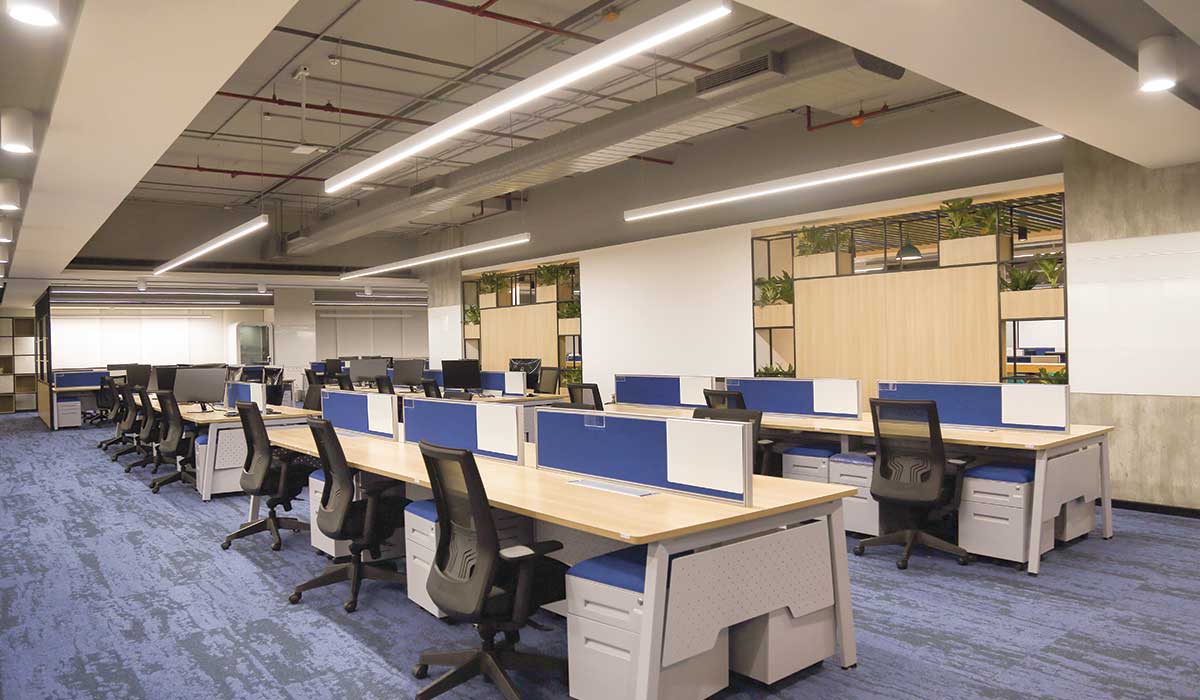 Software office in Hyderabad designed by Oculus Design Studio
Software office in Hyderabad designed by Oculus Design StudioAs architects, when we are out of our comfort zone, it keeps us innovating and experimenting in the design of workplaces. From the physical landscape to the colour of the walls, architects and designers will be continually looking to improve offices for corporate productivity
Sudharsan JP, Founder & Director, Oculus Design Studio
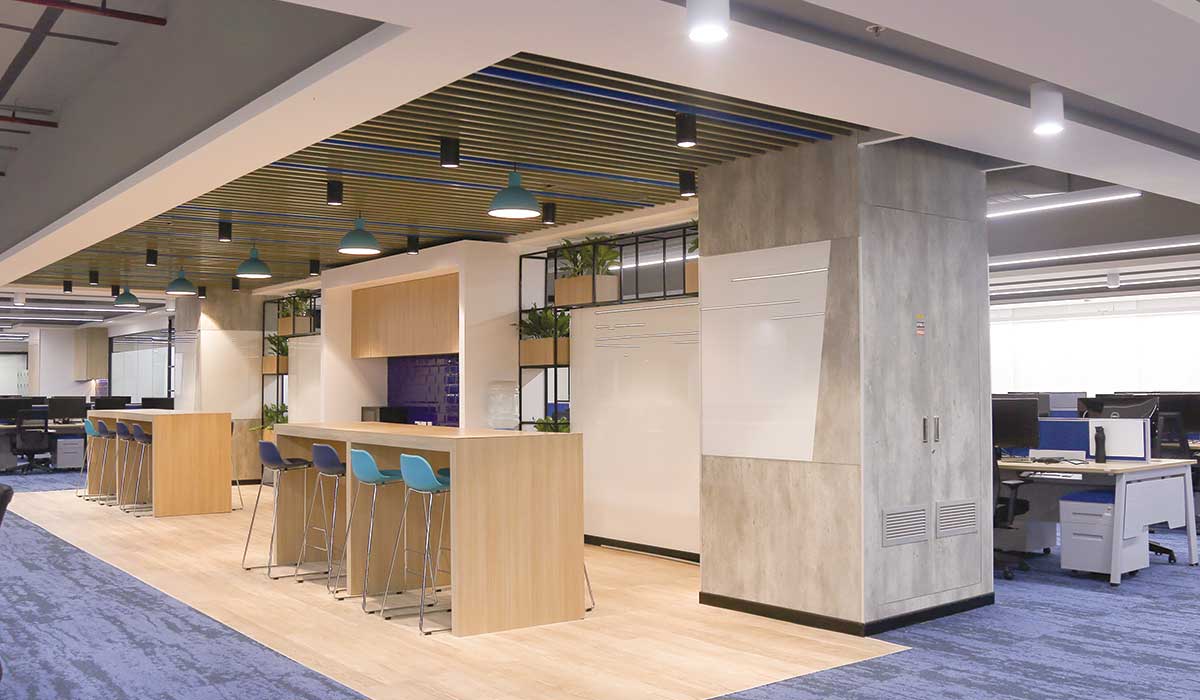
As new ways of working reduce the size of libraries, records, and administrative staff, firms are consolidating support functions and adding flexibility to grow within smaller footprints. Hence, office buildings are changing. This reflects a shift from hierarchy to community, to support innovation. A younger workforce wants to see itself and its locally based culture in the office. Mixing work with other uses is a growing practice; connecting informally with others in and around the building is a plus. Both make urban mixed-use locations more highly valued.












